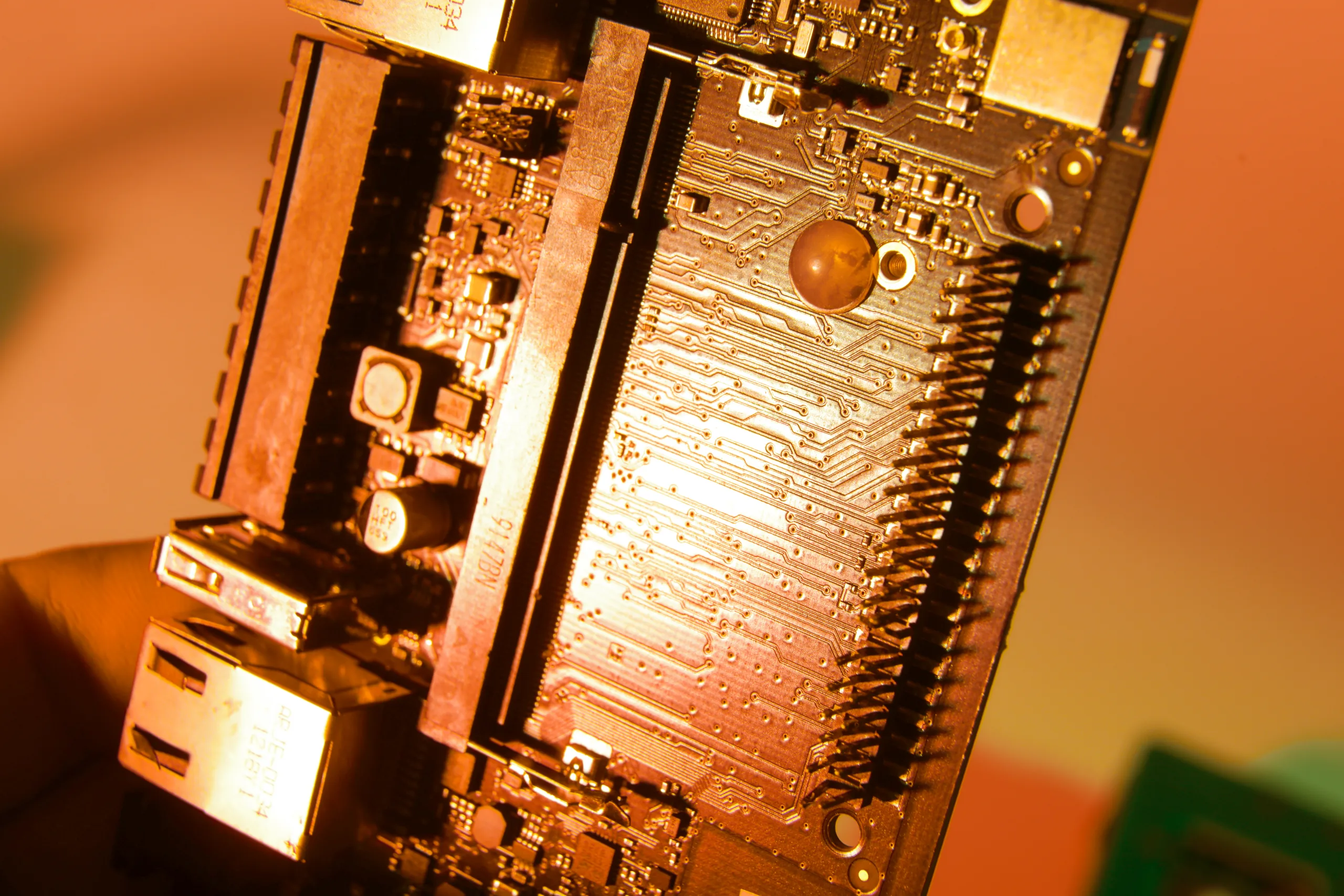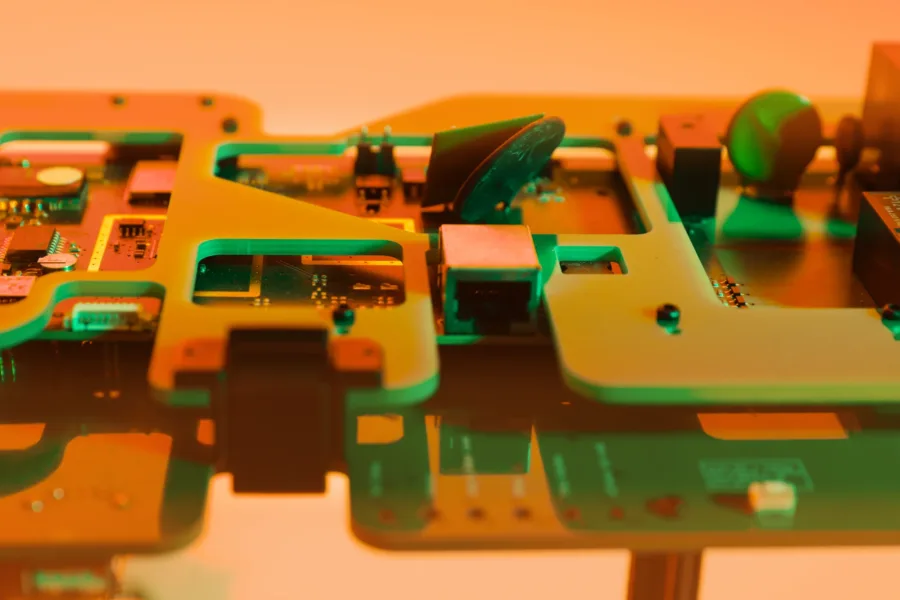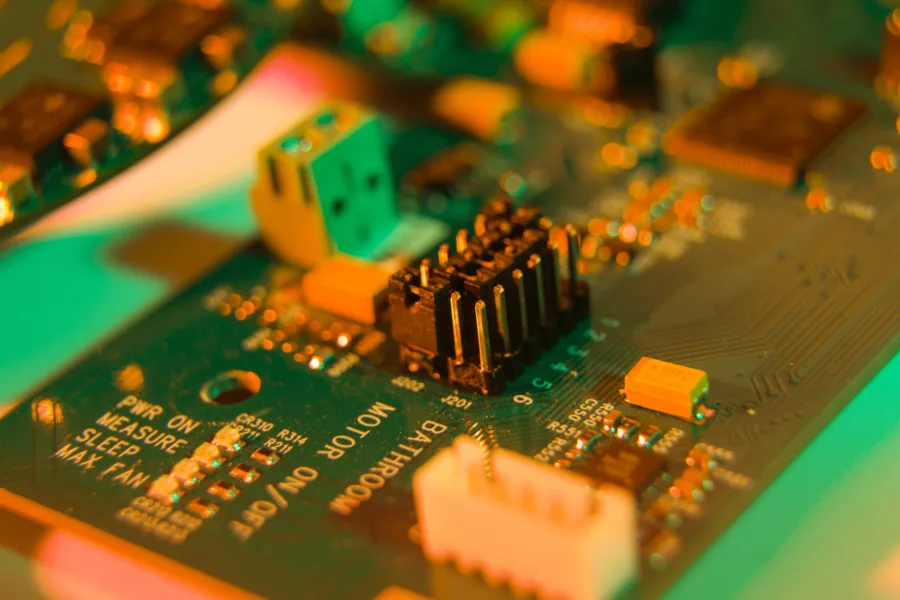Medical devices are essential tools in modern healthcare, playing a critical role in the diagnosis, treatment, and monitoring of patients. From simple syringes to complex MRI machines, medical devices significantly impact patient care. However, with innovation comes responsibility. The need for risk management in medical device development cannot be understated. In this article we delve into the intricacies of risk management in the context of medical device development, highlighting its significance and the steps involved in the medical device development process.
Understanding Risk in Medical Devices
Risk, in the context of medical devices, refers to the probability of an adverse event occurring and the severity of the consequences if it does. This includes the potential harm to patients, users, and others, as well as damage to property and the environment. Understanding and managing these risks are paramount in medical device development, as patient safety and the effectiveness of these devices hang in the balance.
Risk is crucial in medical device development for several reasons. It ensures that the devices meet essential quality and safety standards, safeguarding the well-being of patients. Identifying, evaluating, and controlling risks also help manufacturers comply with regulatory requirements. In addition, risk management provides a systematic and transparent approach to addressing potential issues, making it an integral part of the development process.
ISO 14971: Risk Management
ISO 14971 is the international standard for medical device development. It sets out a structured process for managing risks and adhering to regulatory standards. This standard is continually evolving to align with the dynamic nature of the medical device industry.
The ISO 14971 standard incorporates regulations, standards, and guidance, providing a unified framework for managing risks associated with medical devices. The process encompasses various stages:
Risk Management Definitions, Plan, File, and Assessment: This involves defining the scope, objectives, and criteria for acceptable risk. It also includes creating a risk management plan, documenting the process, and conducting an initial risk assessment.
Risk Control, Reduction, Evaluation, and Acceptability: The next phase involves implementing risk controls, reducing risks to acceptable levels, and evaluating the effectiveness of these controls. This step is crucial for ensuring that the device operates safely and as intended.
Overall Residual Risk and Post-Production Information: Determining the overall residual risk, which is the risk remaining after applying all controls, is vital. Manufacturers must also collect and assess post-production information to continuously improve the device’s safety and performance.
Role of Management and Design Controls in Risk Management: Management plays a critical role in risk management, as it provides the necessary resources and support for the process. Design controls, on the other hand, guide the development of the device and its risk management aspects.
A Five-Step Guide to Risk Management for Medical Devices
We believe that effectively managing risk in medical device development involves a structured, five-step approach:
Framework and Planning for Risk Management: Begin by establishing a framework that outlines the scope, objectives, and responsibilities of risk management. Develop a risk management plan that provides a roadmap for the entire process.
Risk Analysis: Identify potential hazards, their causes, and their associated risks. This stage involves a systematic examination of the device and its use, with a focus on understanding how it may fail and the consequences of such failures.
Risk Evaluation: Assess the risks to determine their severity, probability, and overall impact. This step helps prioritize risks based on their significance.
Risk Control: Develop and implement strategies to control and mitigate identified risks. This may include design changes, protective features, or safety instructions.
Documentation: Maintain comprehensive documentation of the risk management process, including records of hazard analysis, risk assessments, and control measures. Proper documentation is essential for regulatory compliance and traceability.
Hazard Analysis and Risk Management in Early Stages
The early stages of medical device development are crucial for hazard analysis and risk management. At this point, potential hazards in the device design need to be identified and assessed. Risk assessment plays a critical role in early-stage development, as it guides design decisions, influences materials and processes, and ensures that patient safety remains a top priority.
Key stakeholders in this stage include engineers, designers, regulatory experts, and quality assurance teams. Challenges can include balancing innovation with safety, meeting evolving regulatory requirements, and addressing the complexity of the healthcare landscape. An effective risk management strategy from the beginning can help overcome these challenges.
Benefits and Challenges of Medical Device Risk Analysis
The advantages of implementing risk management in medical device development are abundant. It promotes patient safety, regulatory compliance, and the development of high-quality devices. It also fosters a culture of transparency and accountability within the industry. However, risk analysis does come with its challenges, such as the potential for complex and rapidly changing regulations, as well as the need for extensive documentation.
To overcome these challenges, collaboration, continuous training, and keeping abreast of industry trends are essential. Risk management is an ongoing process, and with the right approach, the benefits far outweigh the challenges.
Conclusion
In the realm of medical device development, we believe that risk management is not an option but a necessity. Understanding and mitigating risks are fundamental to ensuring patient safety and compliance with regulations. ISO 14971 provides a structured approach, and the five-step guide simplifies the process. Hazard analysis and risk management in the early stages are critical, and the benefits of risk analysis are extensive, even though challenges may arise. In a field where lives are at stake, risk management is the safeguard that ensures that the future of healthcare remains safe, innovative, and reliable
We offer a partnership that provides these services as a turn-key solution for our customers, a genuinely valuable asset in the journey towards delivering innovative and life-changing medical devices to the world.
Accelerate your product development journey and partner with us to bring your innovative ideas to life.
Contact Turkka Laakkio Partner Dream Devices for more information.





